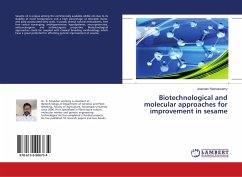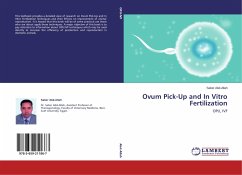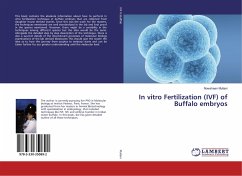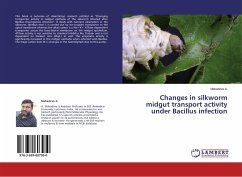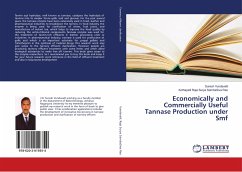A pot-culture experiment was conducted at the Bangladesh Institute Nuclear Agriculture farm, Mymenshingh during the period of March to June, 2003 to determine the physiological characteristics and yield performance of the different sesame genotypes/varieties under different levels of N-fertilization. The experiment was carried out in Randomized Complete Block Design (RCBD) with two factors having three replications. Six nitrogen levels (0, 20, 40, 60, 80 and 100 kg N per ha) and four genotypes/ varieties of sesame (SM3, SM9, S30 and BT1) were used in the experiment. The results indicated that dry matter production, biochemical and yield contributing characters of the cultivars were significantly influenced by N- levels except only a few parameters. The tallest plant, higher harvest index, greater nitrate reductase activities and increase soluble protein content and Chlorophyll were found at 60kg N per ha. The highest total dry matter production and partitioning were found at 80 kg N per ha. The maximum yield per plant was found at 75 kg N per ha.


